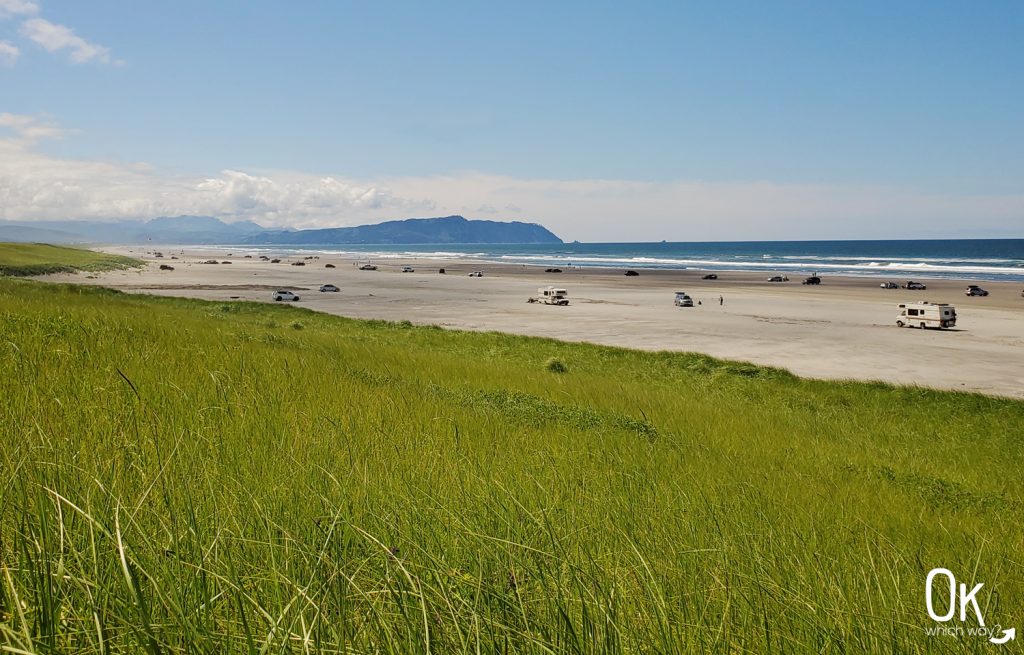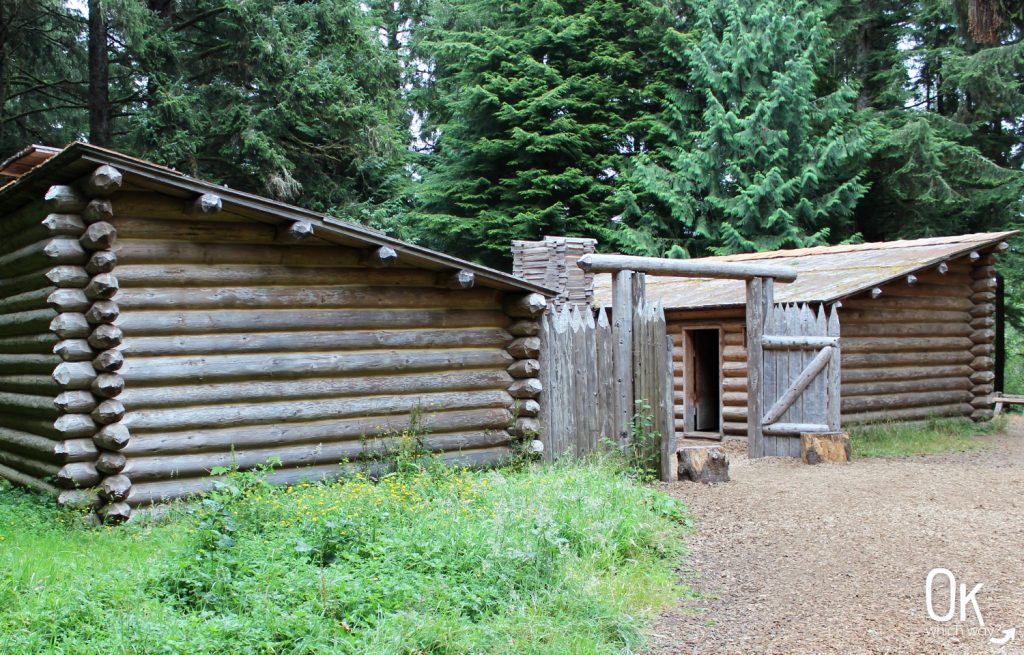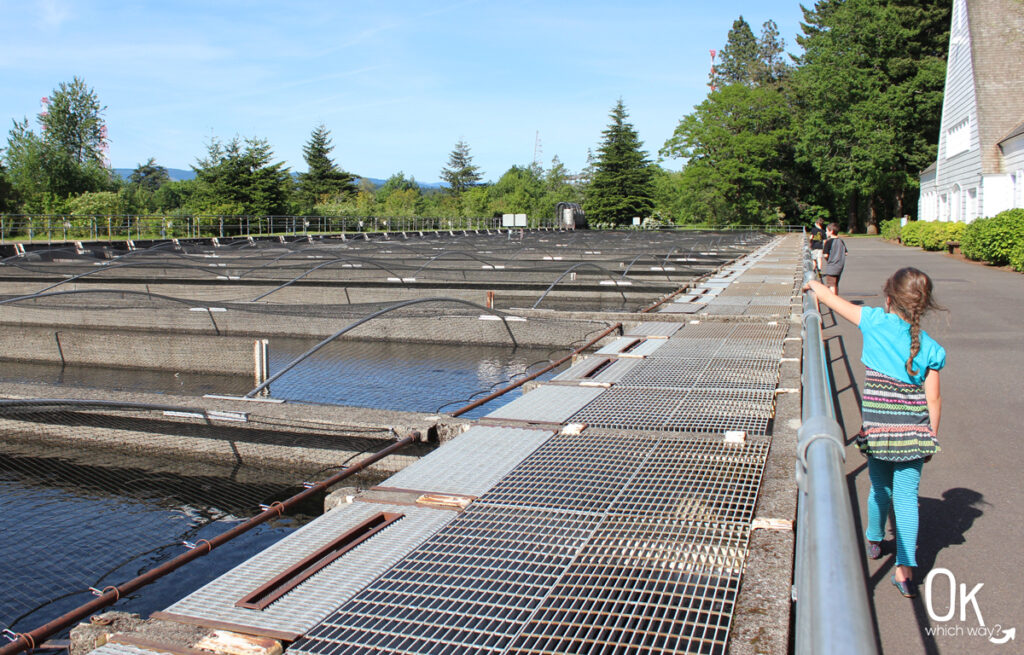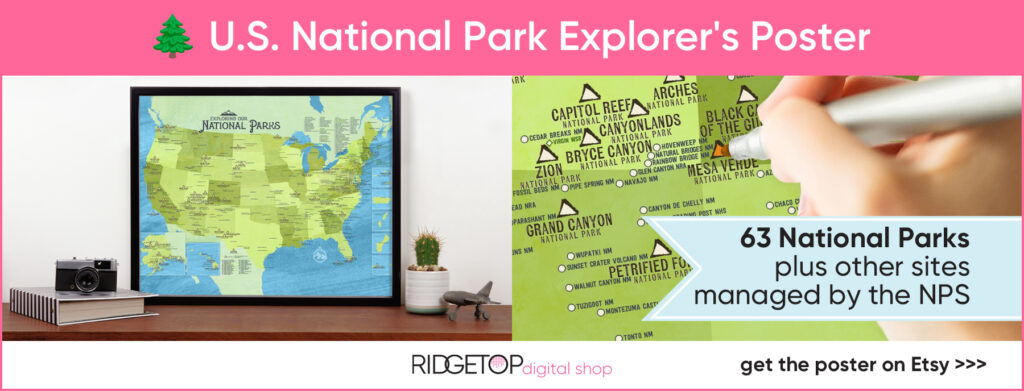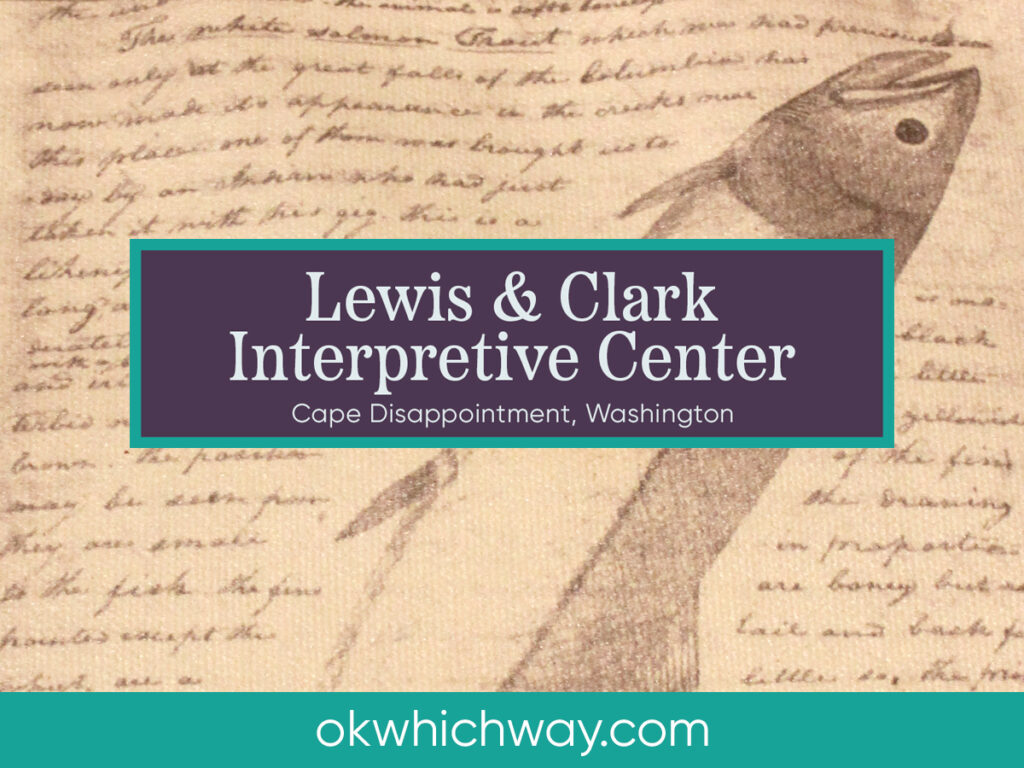
Lewis and Clark Interpretive Center
Located within Washington’s Cape Disappointment State Park is the Lewis and Clark Interpretive Center. After a year and a half of traveling, the Corps of Discovery finally reached the Pacific Ocean in November 1805. The interpretive center shares their journey with exhibits and hands on activities.
This post may contain affiliate links. When you make a purchase using one of these affiliate links, we get paid a small commission at no extra cost to you.

Visiting Lewis and Clark Interpretive Center
Location: Washington state, at the mouth of the Columbia River. About 20 miles from Astoria, Oregon.
Parking: The center is located within Cape Disappointment State Park, so Washington’s Discover Pass is required for day use. Automated pay stations are found in the parking lots.
Entrance Fee: $5/ages 18+; $2.50/ages 7-17; Free/ages 6 and under
Hours: 10am-5pm, closed on holidays and Mondays & Tuesdays during the winter. Check here for current open times.
CAPE DISAPPOINTMENT
Cape Disappointment is situated in SW Washington and is one of the foggiest places in the US. Depending on where you are in the park, you can see Baker Bay, the Pacific Ocean, and/or the Columbia River bar.
A plaque titled “Welcome to the Edge of the Continent” is near the interpretive center. I have lived near the Pacific Ocean all my life and take it for granted. I can’t imagine the awe the Corps of Discovery felt when they first saw it.
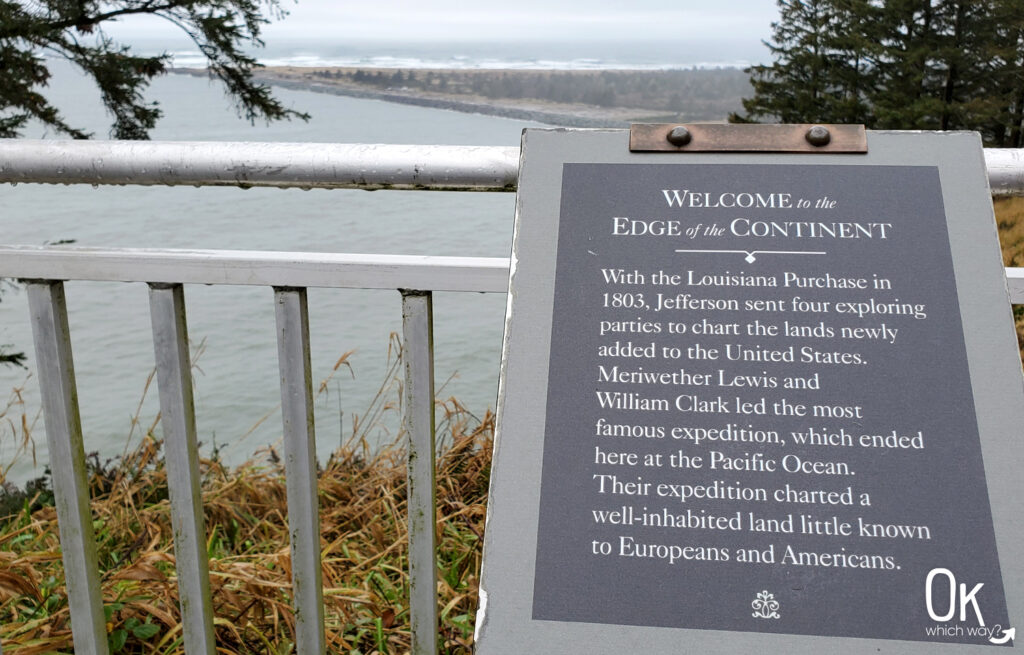
The Cape Disappointment Lighthouse stands 53 feet tall, was first lit in 1856, and can be seen from outside the interpretive center. It is often photographed on stormy days when large waves are crashing into the rocks.
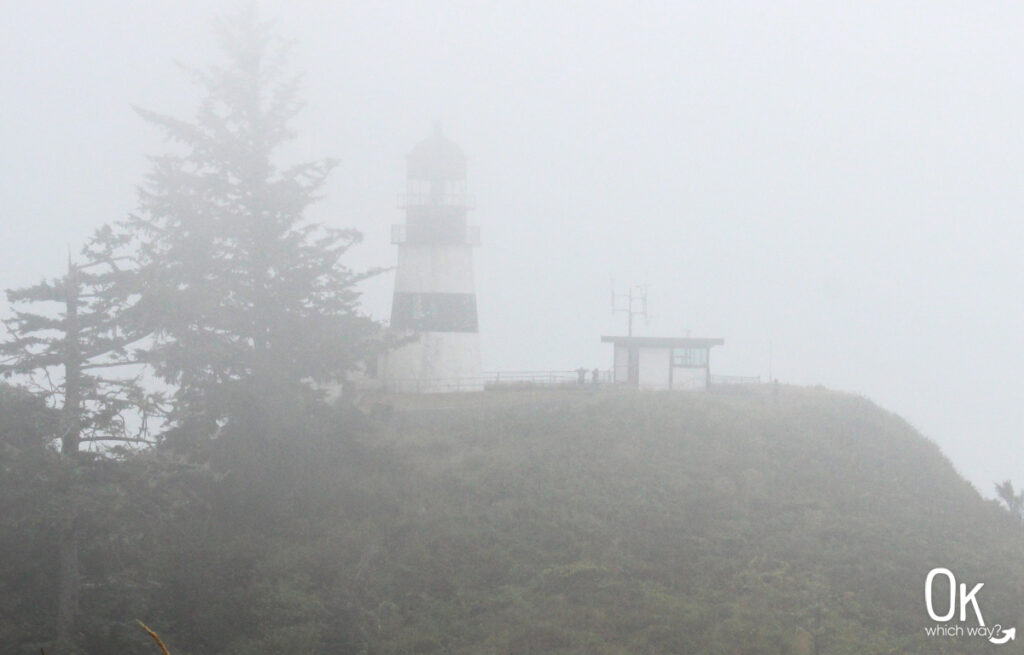
Outside the interpretive center is a large version of the nickel featuring the Pacific Ocean in the Westward Journey series. It would be fun to bring paper and a crayon to do a rubbing of the enlarged coin.
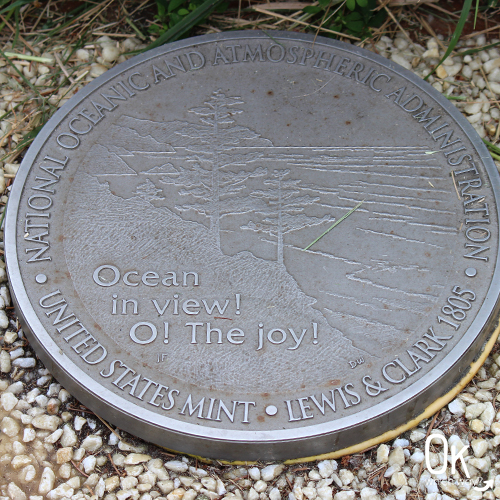
Cape Disappointment has many hiking trails through the beautiful old growth forests of the Pacific Northwest.
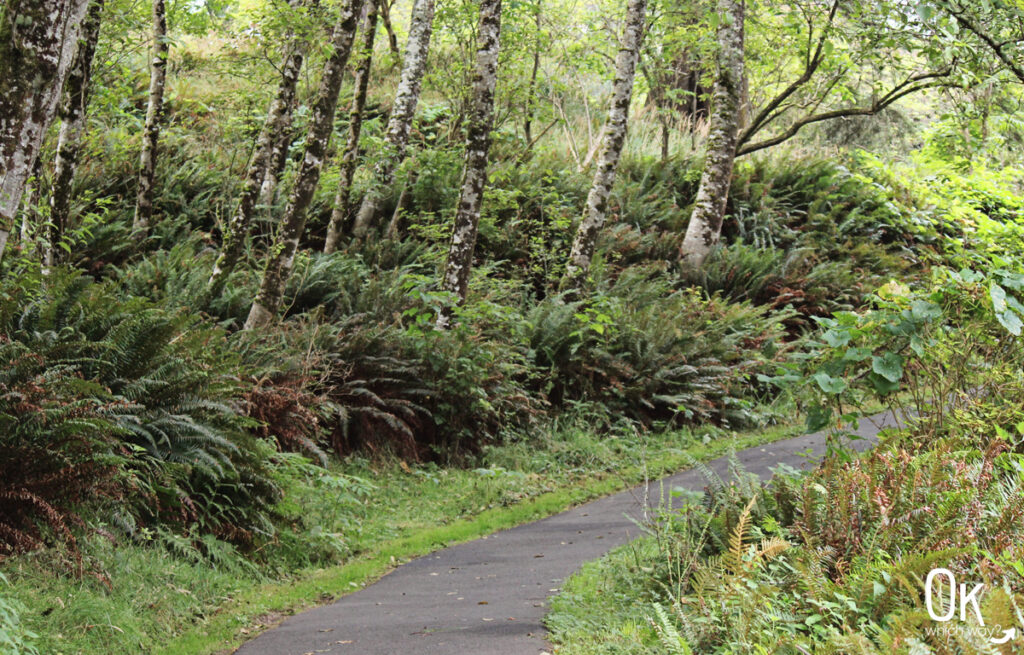
INTERPRETIVE CENTER
The interpretive center is a great place to learn about the Lewis and Clark expedition. I found it very interesting and my young kids enjoyed all the hands on activities, including trying to stack a canoe with as many supplies as possible without tipping the boat. The Corps of Discovery had to repack their boats daily.
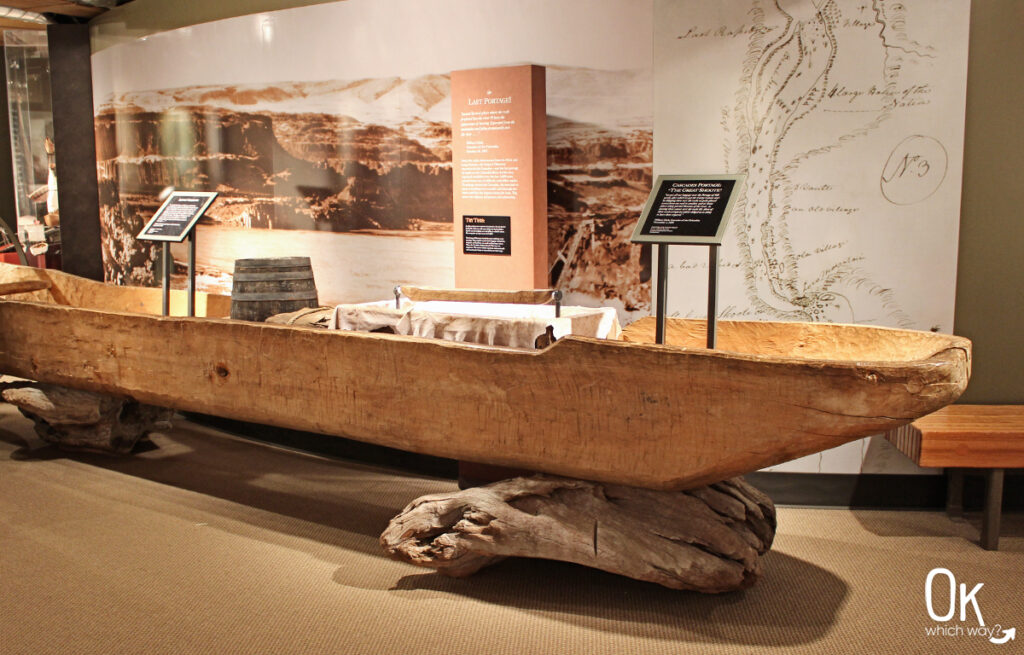
The Corp of Discovery
Lewis & Clark’s team, The Corps of Discovery, carried a 15 star and 15 stripe flag (similar to this one) on their expedition. By the time Lewis and Clark went on their adventure (1803) there were 17 states, but the flag hadn’t been redesigned yet.
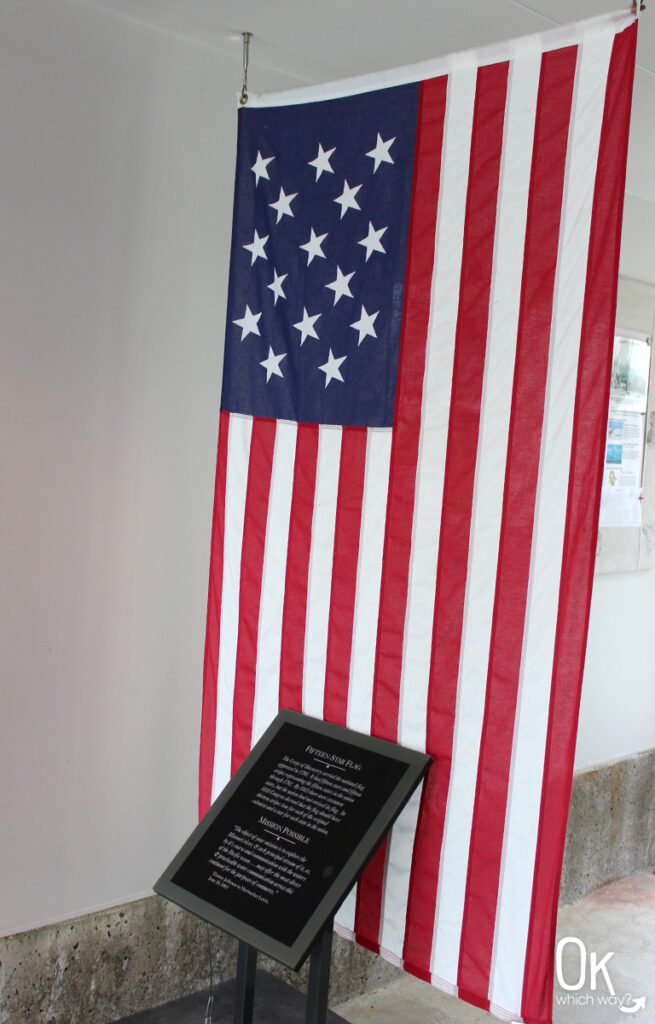
Map of Lewis & Clark’s travels
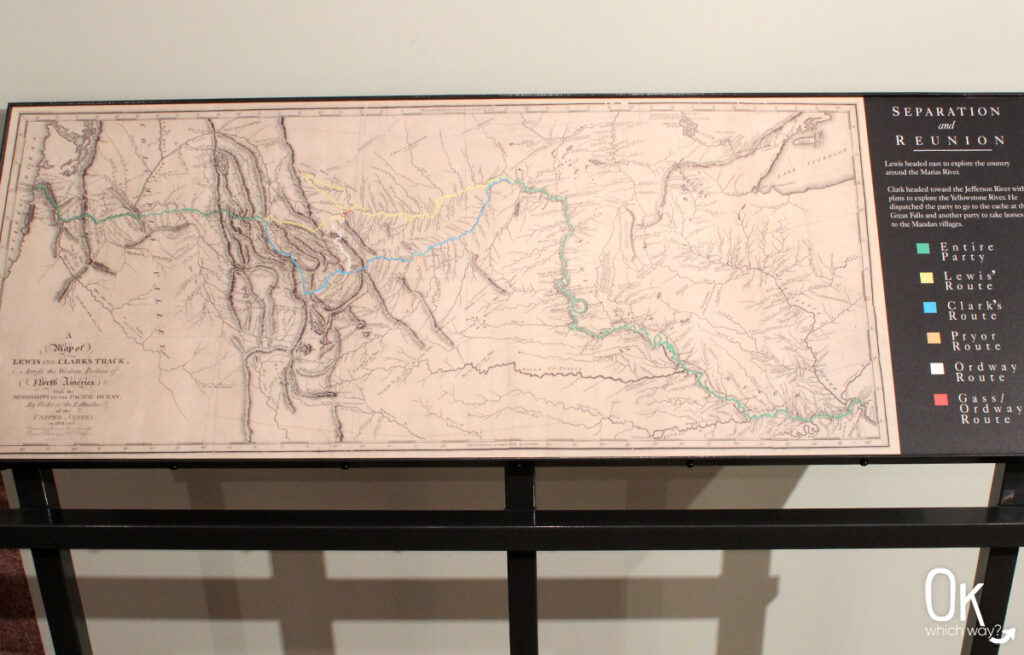
Some items on display were an elk skin coat typically worn by frontiersmen, US Army issued knapsack painted to repel water, replica of a flintlock rifle, a flask used by Patrick Gass, and a wooden box believed to have been carved by Sacagawea.
A sign that caught my attention said each of the men in the Corps of Discovery received 320 acres of land and double pay. Lewis and Clark each received 1600 acres and double pay. York and Sacagawea got nothing. Zilch. Nada.
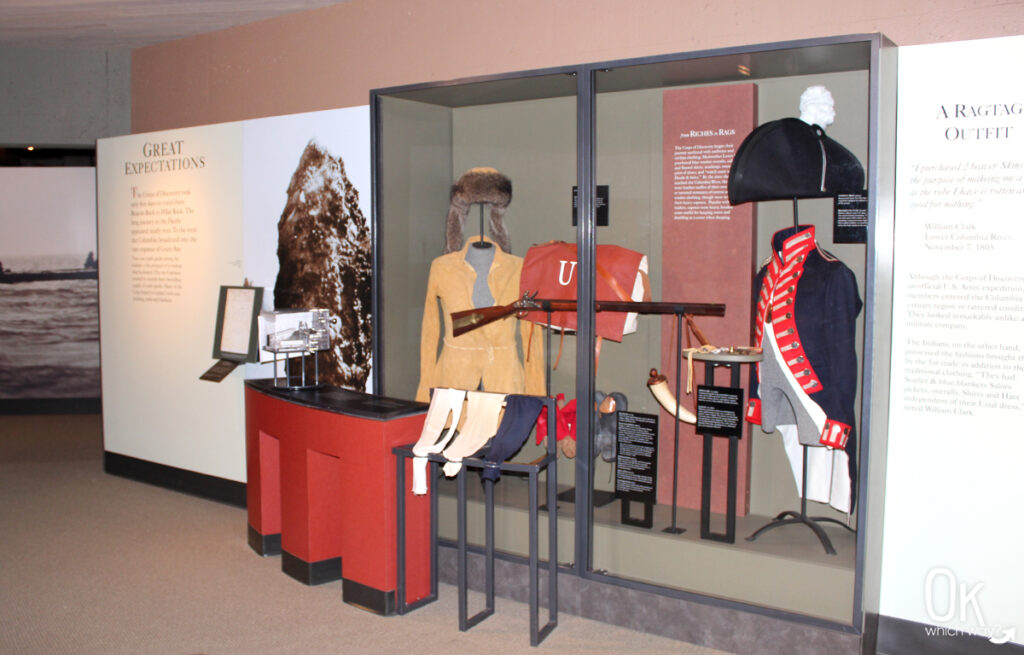
The Corps of Discovery journaled about their expedition, mapping the land, and taking notes on natural items and people they encountered. An example is on display in the interpretive center.

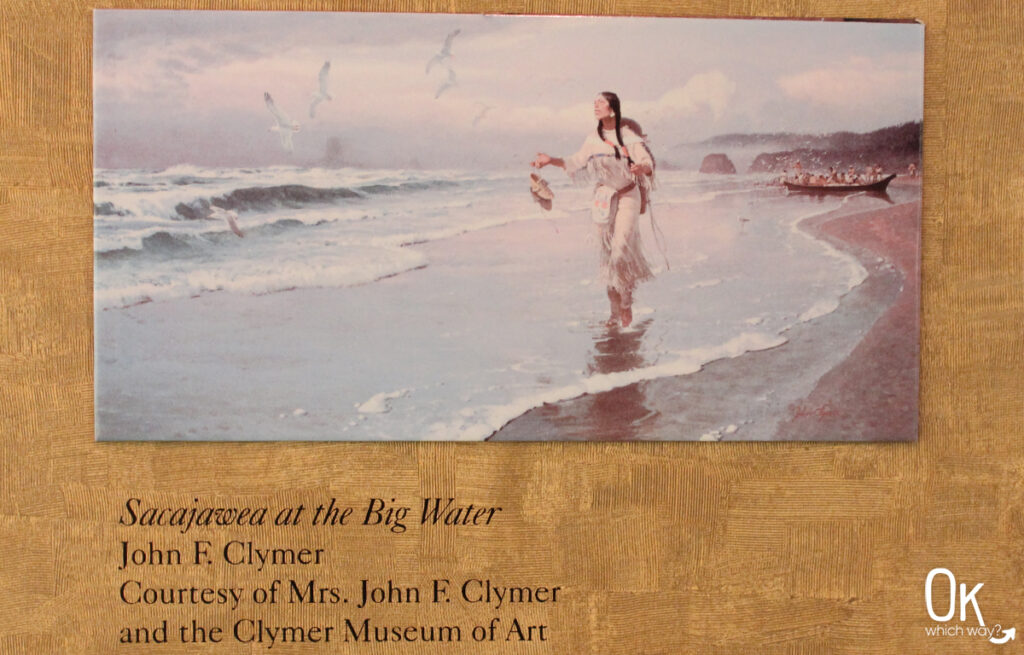
Pull drawers near the end of the exhibit described what happened to each Corps of Discovery member after the expedition. York got his freedom sometime after 1811.

People of the Sea and Cedar
The Corps of Discovery encountered 24 different Indian tribes on their journey, including the Chinook.
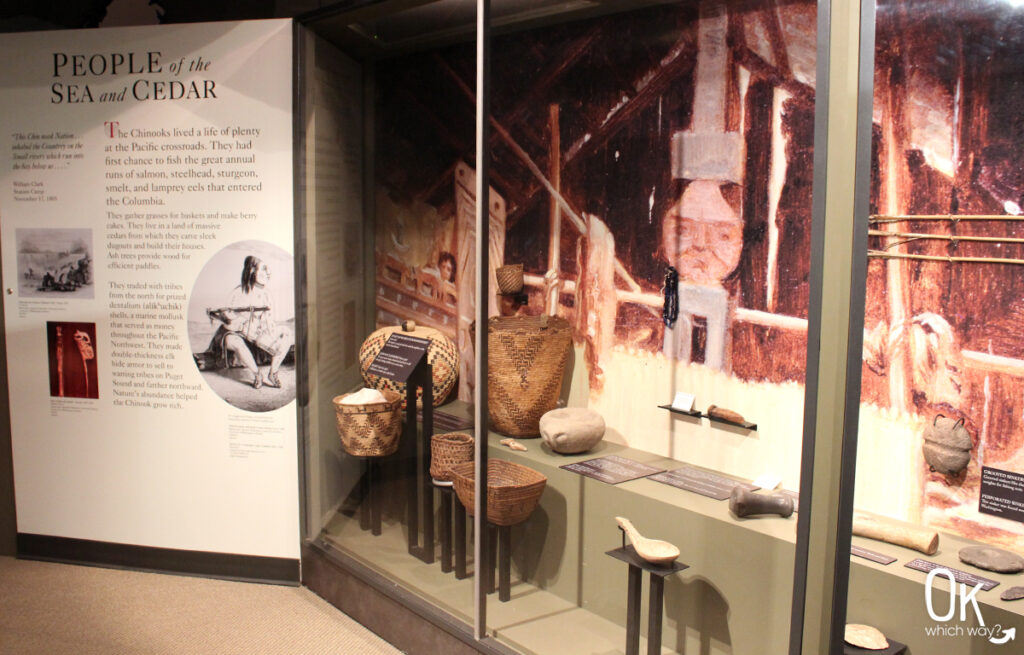
People at the Mouth of the Columbia
The last exhibit was dedicated to the People at the Mouth of the Columbia River, highlighting the struggles of the marine environment. The first-order Fresnel lens once used in the Cape Disappointment Lighthouse is on display.
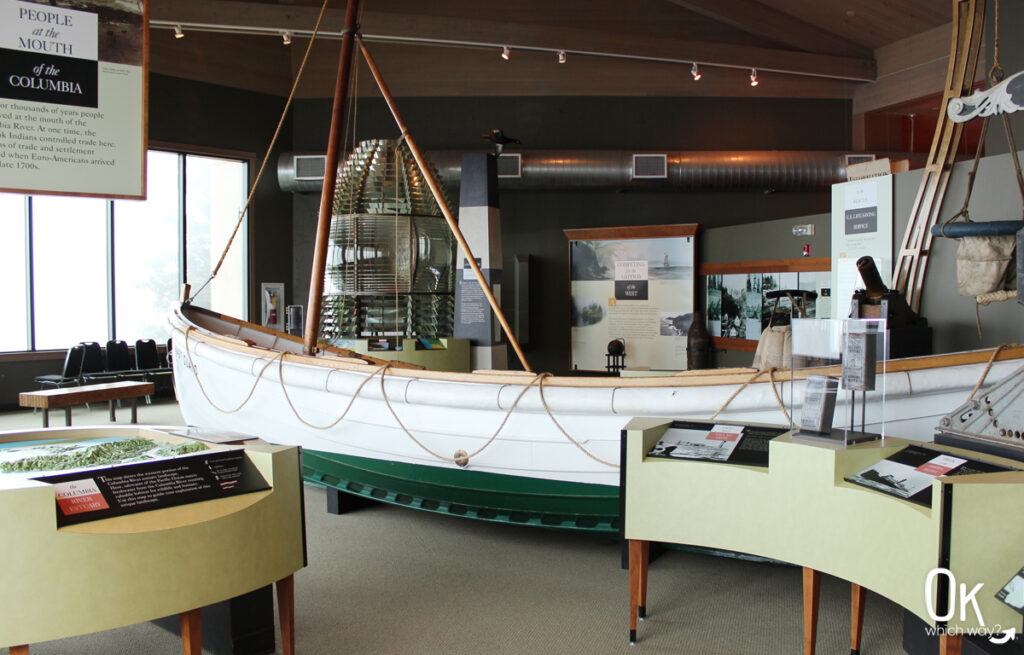
FORT CANBY
The interpretive center sits where once was Fort Canby. The fort was built to defend the Columbia River from enemy warships. The US Army was here from the mid 1800’s until the end of WWII. The remains of the military bunkers and defense batteries are nearby and can be explored.
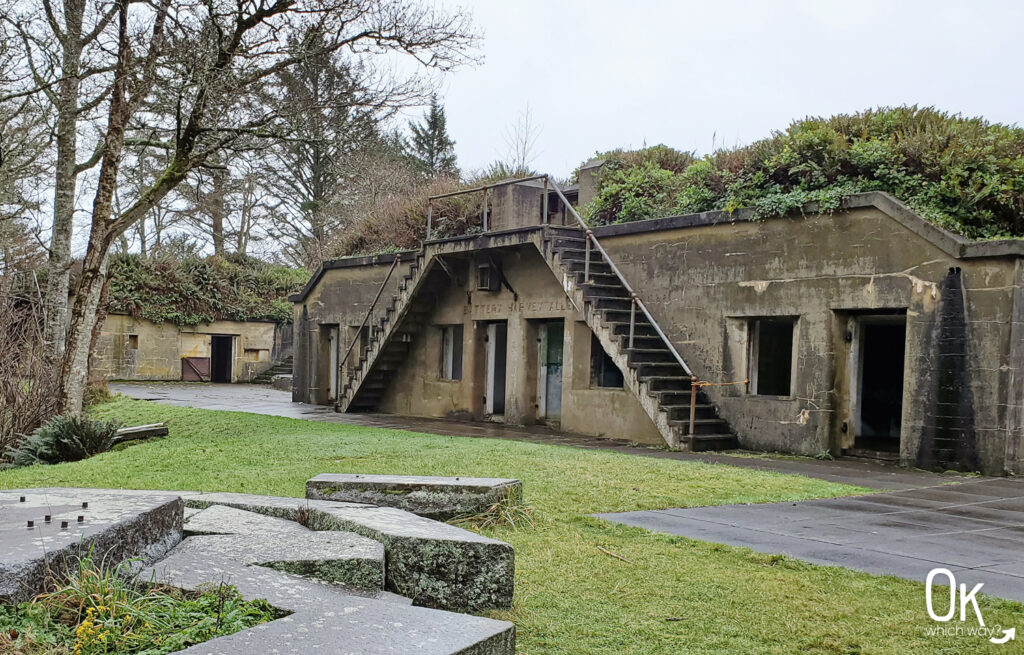
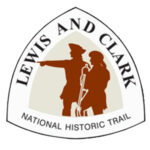
Lewis & Clark National Historic Trail
More Lewis & Clark Sites

